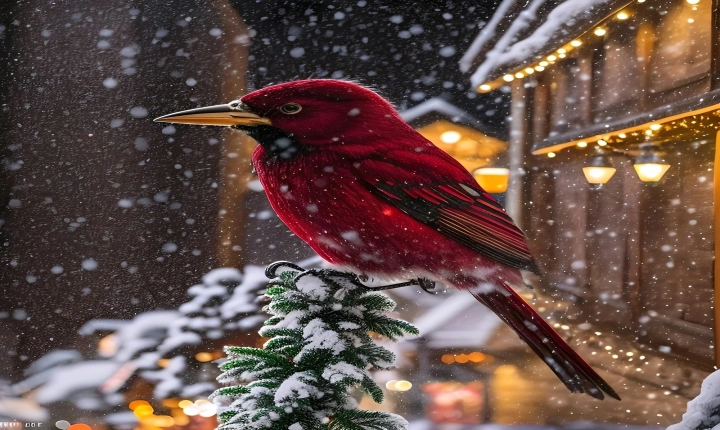Title: Can ChatGPT Draw Pictures? Exploring the Creativity of AI
In recent years, artificial intelligence (AI) has made significant advancements in various fields, including art and creativity. One such example is ChatGPT, an AI model developed by OpenAI that is known for its ability to generate human-like text based on the input provided. However, the question arises – can ChatGPT also draw pictures?
At its core, ChatGPT is a language model designed to understand and generate human language. While it excels at tasks such as answering questions, summarizing text, and generating human-like responses, its capability to create visual art is limited. ChatGPT is not specifically trained to draw pictures, and it lacks the visual understanding and creative intuition that artists possess.
That being said, recent advancements in AI and deep learning have resulted in the development of models that are specifically designed for image generation and manipulation. These models, such as DALL·E by OpenAI, are capable of creating images based on textual prompts provided to them. DALL·E, for example, can generate images of specific objects, scenes, or even abstract concepts based on the descriptions it is given.
While DALL·E and similar models demonstrate impressive capabilities in generating images, their creative process is fundamentally different from that of a human artist. These models rely on large datasets of images to learn patterns and generate new visuals based on the input provided, but they lack the underlying emotional and imaginative depth that human artists infuse into their work.
The ability of AI models like ChatGPT and DALL·E to generate text and images brings up important questions about the role of creativity in the digital age. While these models can produce content that may appear artistically impressive, the creative process itself is fundamentally different from that of human artists. Art is deeply rooted in human experience, emotions, and interpretation, elements that AI models struggle to replicate authentically.
As AI continues to evolve, it may open up new possibilities for collaboration between humans and machines in the creative process. Artists and designers can use AI as a tool to explore new ideas, generate visual concepts, and streamline certain aspects of their work. However, the core of artistic expression and creativity will likely remain firmly grounded in the human experience.
In conclusion, while ChatGPT is not designed to draw pictures, its capabilities in generating human-like text prompt an exploration of the role of AI in creativity. AI models like DALL·E demonstrate the potential for generating images based on textual input, but they are not a replacement for the genuine creativity and emotional depth of human artistry. As technology continues to advance, it is important to recognize the unique role of human creativity in the artistic process, while also embracing the possibilities that AI offers for artistic exploration and innovation.
